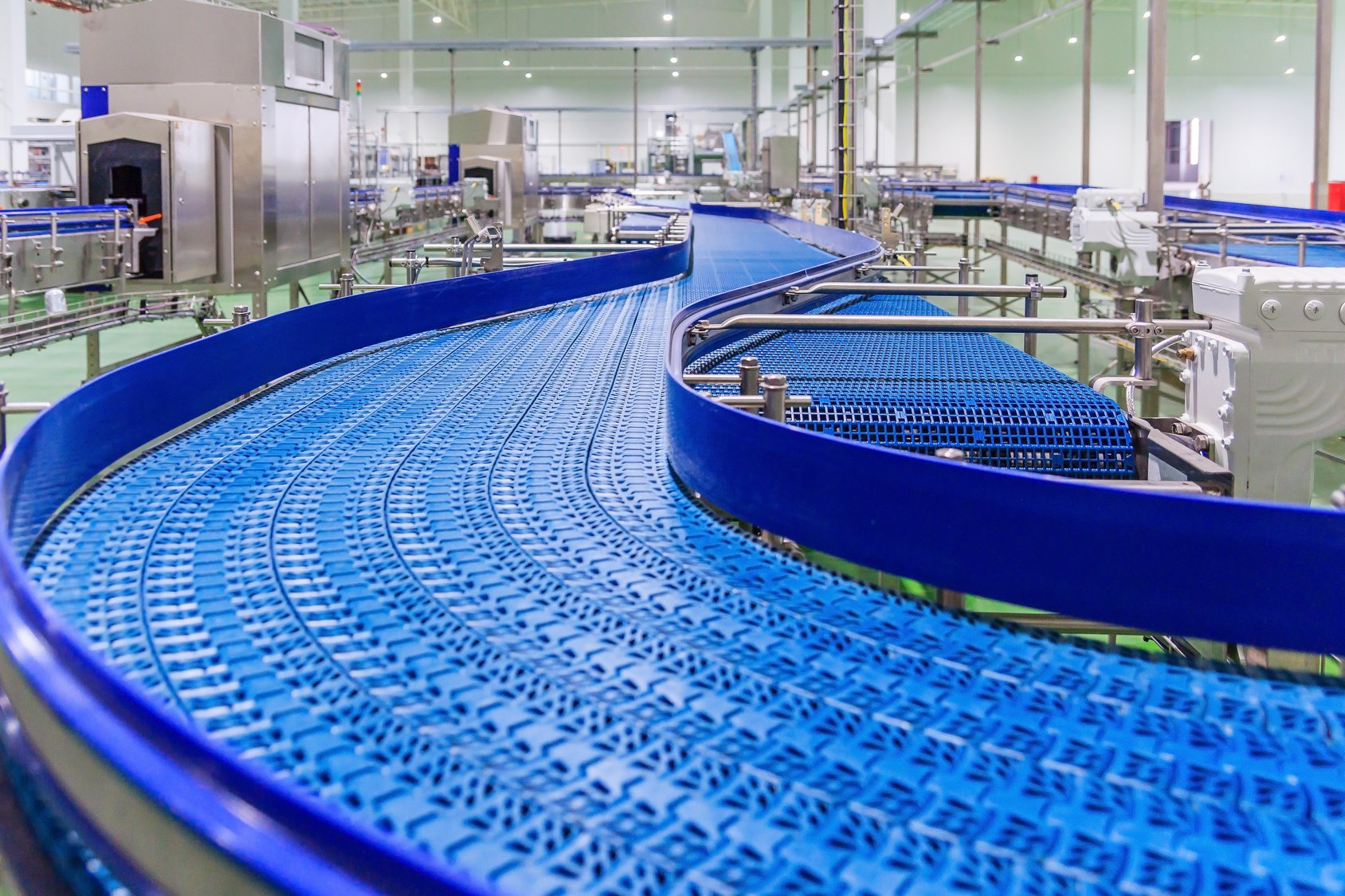Here's a simple concept: Measure what you want to improve. Six simple words, but put together they convey a powerful concept that can transform manufacturing companies. (Point of reference: Visual South works with small to medium-sized manufactures that use work orders.) It’s a basic concept that’s hard to argue with: Collect data, see where the data leads you, and make changes that have a positive impact on the data. Repeat often.
The mechanics of getting dramatic results through a production variance analysis is really that easy, but first and foremost there needs to be a foundation of data in place. That foundation starts with having an enterprise resource planning (ERP) system with accurate data. If you attempt to collect data via a spreadsheet or some sort of home-grown system, chances are the methods and procedures you put in place will collapse under their own weight. I’m sure there are examples of home-grown solutions that do work, but that’s not the point. There are examples of people winning millions in a lottery, but that doesn’t make the lottery a practical retirement plan. Luck is not a strategy, but using an ERP system to build a strong data foundation is a prudent, safe strategy that will help you determine what the manufacturing variance is for your company.
What is manufacturing variance?Manufacturing variance is the difference between the estimated costs of a work order (also referred to as a job order), and the actual cost of the production run. Proper analysis of this information can drive a strategy for improvement. |
The manufacturing variance report that rules them all
I’ve been in the manufacturing arena since the early 1980s and the work order variance report is the most powerful of its kind. It compares the estimated cost of a work order to the actual costs.
In order to have a meaningful report, your ERP system needs to understand what it takes to make what you make. An accurate work order is needed. Then, the material issues to and labor reporting against that work order need to be accurate.
That last paragraph may have given you pause because your:
- Work order structures aren’t accurate
- Time estimates for each routing step are way off
- Labor reporting is spotty or non-existent
- Material issues are inaccurate or non-existent
- All of the above
None of these conditions concern me. The more a company is broken in these areas, the more potential the company has to measure what it wants to improve. If accurate work order structures, time standards, and labor and material reporting are needed to have a good work order cost variance report, how do you do that? Use the work order variance report, of course.
Learn how to find the right ERP
Power BI Reporting & AnalyticsPower BI could revolutionize your business by turning your ERP data into clear insights. Want to see Power BI in action? |
Manufacturing production variance analysis is a process
This process of nailing down your manufacturing variance is less confusing than it may sound. First, understand this will take time. Frankly, it’s a process that never ends. The first work order variance report is the first measurement. Find the work orders with the biggest variances—positive or negative. Why is there such a variance? Maybe there are missing labor entries. Great! You just found a problem to fix. Maybe the labor standard was wrong. Great! That’s a problem that can be fixed.
This is how the process works. All problems aren’t going to be solved overnight. Use the data to find the biggest problems. As you correct problems one by one, you’re also probably solving issues in other work orders. Processes are strengthened. Data becomes more and more accurate. This leads to better information and better reporting. It’s a self-reinforcing cycle.
I want to reiterate that the problems that come up in your manufacturing variance analysis aren’t going to be solved overnight. It’s important to limit the number of problems that you work on. If you try to take on all issues at once, teams become overloaded and nothing gets done. Slow, steady progress is the key. This will allow everyone to feel good about the progress being made and direction of the company. A feeling of being in control of production, rather than production controlling you, develops. None of that will take place, though, if everyone is overloaded with issues to solve.
Related: What Should Go in Your Weekly Manufacturing Report?
Related: Manufacturing Data: What Should You Collect & Analyze
Related: Power BI Reporting & Analytics
If your company is struggling with these issues, you are the type of company we help. To figure out if we are a fit for you, we can have a free, 30-minute, no-pressure conversation. Seriously, there are no strings attached.









